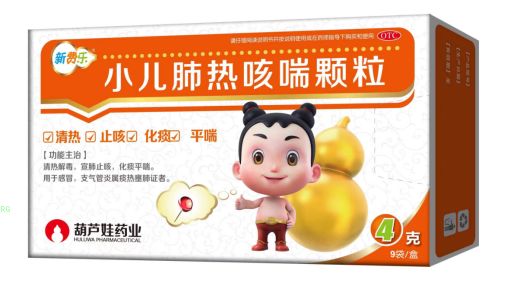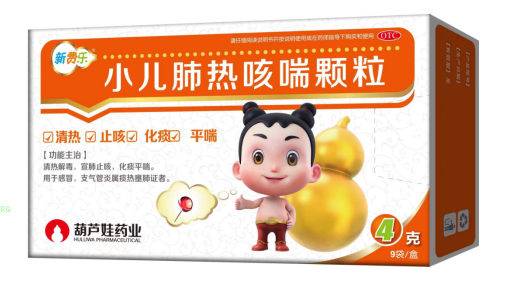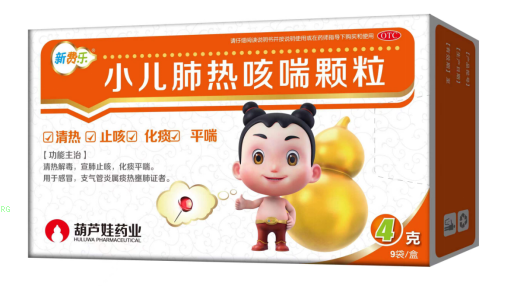In China, the number of patients with type 2 diabetes has exceeded 100 million. In the face of this high incidence of chronic disease, the choice of hypoglycemic drugs is crucial. In the field of diabetes treatment, metformin hydrochloride is known as the "cornerstone of hypoglycemic" because of its remarkable hypoglycemic effect and good safety. With the advancement of pharmaceutical formulation technology, the third-generation metformin - Nida Hydrochloride Metformin Extended Release Tablets (III) - has emerged. So, what are the efficacy and effects of Nida hydrochloride metformin sustained-release tablets? Why can it become a new choice for the treatment of diabetes?
I. What are the efficacy and function of Neda Metformin Hydrochloride Sustained Release Tablets
Neda Metformin Hydrochloride Sustained Release Tablets are mainly used to treat type 2 diabetes, especially for patients with poor effects of simple diet control and exercise therapy. Its core efficacy lies in the synergistic effect of multiple pathways to effectively reduce blood sugar levels. Specifically, Nida reduces fasting blood glucose by inhibiting hepatic gluconeogenesis, reducing the breakdown of liver glycogen into glucose. At the same time, it can enhance the sensitivity of muscles and adipose tissue to insulin, promote the uptake and utilization of glucose by peripheral tissues, and help control postprandial blood glucose fluctuations. In addition, Nida can also delay the absorption of glucose in the intestine, further stabilizing blood sugar levels. In addition to its significant hypoglycemic effect, Nida also has multiple auxiliary effects. It can improve lipid metabolism, reduce serum triglyceride and low-density lipoprotein cholesterol levels, and has cardiovascular protective effect on patients with diabetes combined with dyslipidemia. At the same time, Nida may also play an auxiliary role in weight loss for obese patients with diabetes by inhibiting appetite and reducing fat synthesis.
II. Why can Nida become the preferred treatment for type 2 diabetes?
As the third generation metformin, Nida has significant advantages. Compared with the first generation of regular tablets, it adopts advanced single chamber osmotic pump controlled release technology, which releases drugs at a constant rate through osmotic pressure principle, avoiding significant fluctuations in blood drug concentration and reducing the risk of blood glucose fluctuations. Compared to second-generation enteric coated tablets, Nida does not need to dissolve in specific parts of the intestine and can maintain effective blood drug concentration 24 hours a day. It only needs to be taken once a day, greatly improving patients' medication compliance. In terms of safety, patients can also use Nida with confidence. Traditional metformin commonly causes gastrointestinal adverse reactions such as nausea, vomiting, and diarrhea, while Nida's slow release of the drug significantly reduces its irritation to the gastrointestinal tract. Qingdao Baiyang Pharmaceutical has spent nearly 10 years researching and developing this technology, breaking through patent blockades. Its products have not only been approved by China's NMPA, but also obtained FDA certification in the United States, achieving joint sales between China and the United States. In 2023, Nida was successfully included in the national medical insurance catalog, further improving the accessibility of medication for patients. What are the efficacy and effects of Nida Metformin Hydrochloride Extended Release Tablets? Simply put, it can stabilize sugar control, reduce side effects, and be convenient to take. In clinical applications, it can be used alone or in combination with sulfonylurea drugs or insulin, providing flexible treatment options for patients with different conditions. For patients with diabetes who need long-term medication, this drug with efficacy, safety and convenience undoubtedly brings new hope for their blood glucose management.






Comments (0)
Leave a Comment
No comments yet
Be the first to share your thoughts!